Abdominal Aortic Aneurysms
By: Dr. Steven Bailey, Benefis Heart & Vascular Institute
When someone hears the term “aneurysm,” they commonly think of the brain, but in reality aneurysms are most common in the aorta—the major blood vessel that supplies blood to the body and runs from your heart through the center of your chest and abdomen. While aneurysms can develop anywhere along the aorta, they most commonly form in the lower part, which is referred to as an abdominal aortic aneurysm (AAA).
An aneurysm is a balloon-like bulge in an artery that can be caused by the strong force of blood pushing against a weakened or injured artery wall. As the aorta enlarges, it may weaken and begin to leak or in the most severe cases, rupture.
Because the aorta is the body’s main supplier of blood, a ruptured AAA can cause life-threatening bleeding. Although the exact cause of AAAs is unknown, a number of factors are thought to play a role, including:
• Tobacco use
• Hardening of the arteries
• High blood pressure
• Blood vessel diseases in the aorta
• Infection in the aorta
• Trauma
• Family history
• Age—individuals 65 and older are at higher risk
• Sex—males are at higher risk
• Race—Caucasians have a higher risk
• Having other aneurysms
If any of these risk factors apply to you, your provider may recommend screening you for an AAA. Men ages 65 to 75 who have ever smoked cigarettes should be screened for AAA. The screening is done using abdominal ultrasound. Those with a family history of aneurysm should be screened earlier at age 60.
Once an abdominal aortic aneurysm is found, doctors can monitor the growth of the aneurysm closely and determine what treatment needs to take place. Depending on the size and the rate at which the aneurysm is growing, treatment may vary from watchful waiting to emergency surgery.
Tears in aorta wall layers or a ruptured aneurysm are the main complications of AAA. In general, the larger the aneurysm and the faster it grows, the greater the risk of rupture.
Signs and symptoms that an aortic aneurysm has ruptured or is leaking may include:
• Sudden, intense, and persistent abdominal or back pain
• Pain that radiates in the back or legs
• Sweatiness
• Clamminess
• Dizziness
• Nausea
• Vomiting
• Low blood pressure
• Fast pulse
If you experience these signs and symptoms, seek immediate emergency help – delays in care can have devastating effects. As with any condition, early detection and proper ongoing management are critical. If you or someone you know has an AAA or some of the risk factors mentioned above, contact Benefis Heart and Vascular Institute at (406) 731-8500 for more information or to make an appointment.

